
Solution Applications & Advantages
1
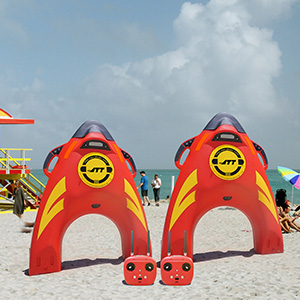
Beach Security
When a drowning situation is found far or near the beach, the lifeguard can immediately throw R1 into the sea and start, with remote operation, to rescue the drowning person at a speed of 7m/s to quickly reach the victim. And, it saves the time spent preparing equipment and summoning lifeguards to help them out. It can be operated individually, saving human costs and improving efficiency.
2
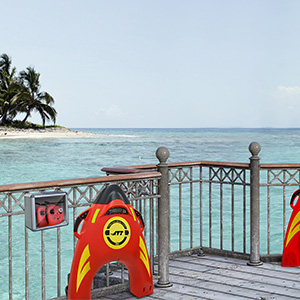
Scenic Spots Area Management
Scenic spots with rivers, lakes and ponds are usually incredible and attract many tourists to come and visit, but hidden dangers may exist when the number of tourists increases. Water rescue robots can be equipped at those places and can be launched by being thrown into the water area to rescue them. Setting off the rescue robots can also calm people down, as the robot is going to save the victims, to prevent tourists ashore from being panic to avoid other accidents.
3
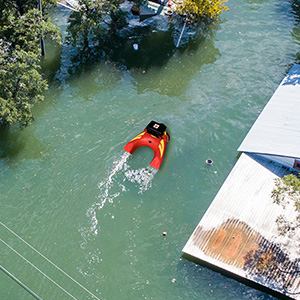
Water Area patrol
Water patrol usually requires more than two staff and various equipment, and the manpower and equipment maintenance costs over the years are relatively high. Water rescue robot R1 can be equipped with GOPRO and supports APP route planning to search for victims by going to destinations. It can quickly videotape on-site suspicious waters, analyze afterwards, and then take actions based on your decisions. After the patrol is completed, the solar charging system can be used for automatic charging to ensure sufficient power before the next patrol mission.
4
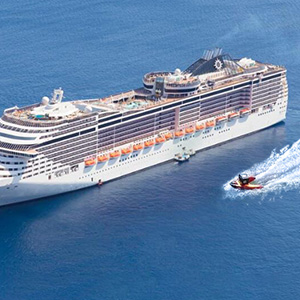
Maritime shipping
In shipping, container ships, wharf boats and other shipping vehicles may be flooded with busy cargo transportation, yet danger might hide within such busy daily works, for example, someone might fall into the sea because of slippery floor during rainy day and no one knows. However, water rescue robot R1 can be equipped with speaker while patrolling and remind staff during operations that they should pay attention to not falling down to the water. Even so, it would be so quick enough to start rescuing.
Products
Water Rescue Robotwith a standard of marine, which meets the military’s needs of systematic functions customization during specific rescue missions
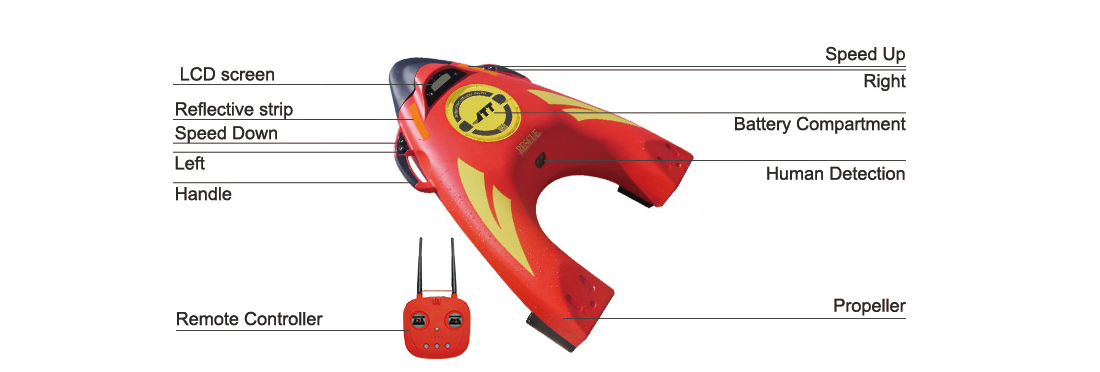
Size
980mm*780mm*260mm
Buoyancy
750N(equivalent to 4 swim rings)
Weight
15kg
Battery Capacity
30Ah/29.6V
Max. Speed
7m/s(without loading);2m/s(80kg loaded)
Charging time
3hr
Battery Life
30-60min
RC Range
700m
Max. Range
5km
Control Methods
Remote Control/Manual
Towing Capacity
500kg

It reaches drowning person at the speeds of 7m/s within golden rescue time

Supports RC/Manual operations. RC range for R1 is 1500m

Supports One-key Return, Signal-losing Return, Original-route Return etc.
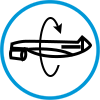
Anti-rollover technology to prevent equipment from turning over and save rescuers rescue time

The main body comes with a screen, which clearly knows gear, power, human body detection, direction, and GPS
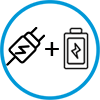
With dual charging modes for internal charging and external charging
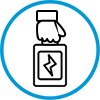
Provide fast battery replacement function with battery replacement time≦30s

With human body detection module, if the person who falls into the water leaves the robot, R1 will automatically stop sliding and will wait for the person who falls into the water to grab the R1 again
Solar Charging System
The solar energy is collected through the battery panels, and then the photoelectric conversion is carried out through the solar inverter controlled machine to give thedrone or rescue robot power, which brings convenience, low cost, and environmental protection advantages.

|
solar panel |
storage battery |
solar inverter controlled machine |
Cases
1
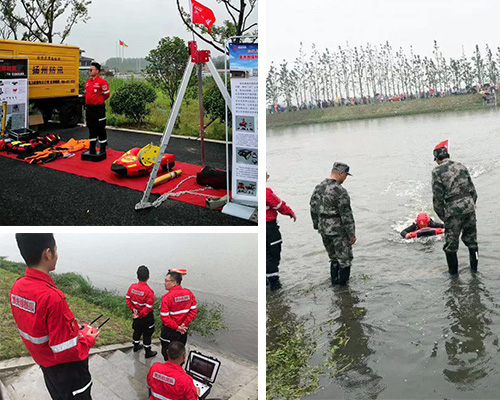
Yangzhou Flood Control & Water Rescue
2
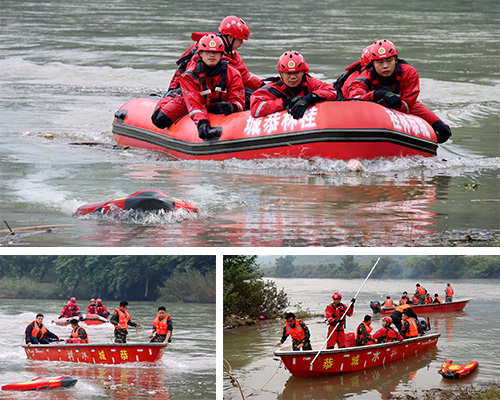
Guangxi Guilin Rescue Team
3
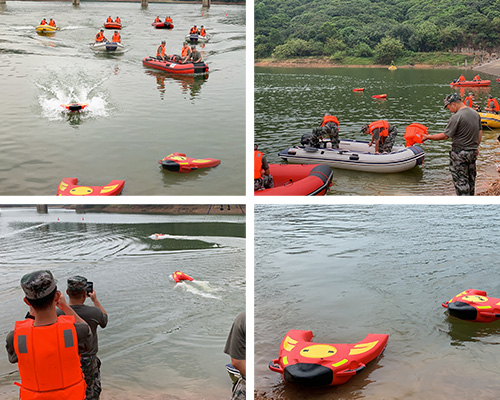
Sichuan Emergency Rescue Detachment
4
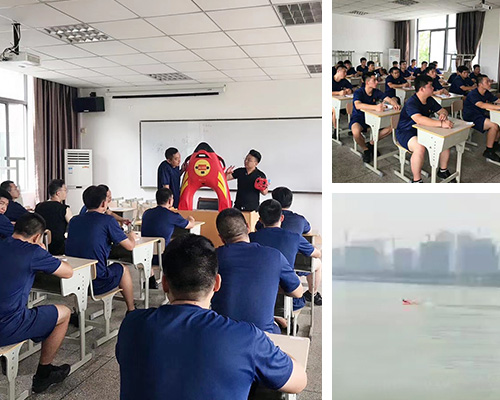
Hainan Flood Prevention Team